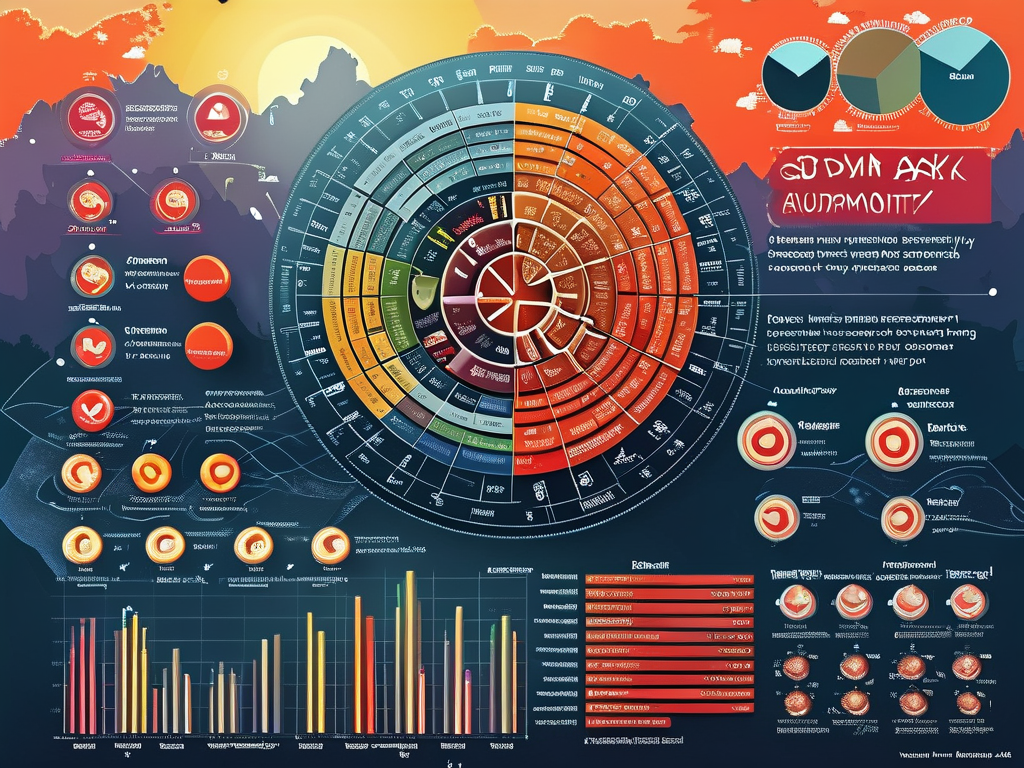Blockchain technology has emerged as a revolutionary force across industries, from finance to supply chain management. Its decentralized, transparent, and immutable nature offers unparalleled opportunities for innovation. However, to fully harness its potential, stakeholders must carefully navigate its core characteristics. This article explores the critical aspects of blockchain that demand attention and offers insights into how to leverage them effectively.

1. Decentralization: Balancing Power and Efficiency
Decentralization is the cornerstone of blockchain technology. By eliminating intermediaries, blockchain empowers users to transact directly, fostering trust and reducing costs. However, decentralization also introduces challenges. For instance, distributed networks require consensus mechanisms—such as Proof of Work (PoW) or Proof of Stake (PoS)—to validate transactions. While these mechanisms enhance security, they can compromise speed and scalability. Organizations must evaluate trade-offs: Is decentralization necessary for their use case, or would a hybrid model (combining centralized and decentralized elements) suffice? For example, enterprise blockchains like Hyperledger prioritize controlled decentralization to optimize performance.
2. Transparency vs. Privacy: Striking the Right Balance
Blockchain’s transparency ensures that all participants can audit transactions, which is invaluable for industries like healthcare or logistics. Yet, this feature conflicts with privacy requirements. Public blockchains, such as Bitcoin, expose transaction details to everyone, raising concerns about sensitive data exposure. Solutions like zero-knowledge proofs (ZKPs) or private/permissioned blockchains address this by restricting access to authorized parties. Businesses must assess their data sensitivity and regulatory obligations. For instance, a financial institution handling customer data might opt for a permissioned blockchain with encrypted transaction layers.
3. Immutability: A Double-Edged Sword
Immutability—the inability to alter recorded data—ensures data integrity and prevents fraud. This is critical for applications like land registries or legal contracts. However, immutability becomes problematic when errors occur. If a smart contract contains a bug or a transaction is fraudulent, rectifying it requires complex governance protocols. Ethereum’s infamous DAO hack in 2016 highlighted this vulnerability, leading to a contentious hard fork. Organizations must implement robust auditing processes and contingency plans to mitigate risks associated with irreversible records.
4. Security: Beyond the Hype
While blockchain is often touted as “unhackable,” its security depends on multiple factors. Public blockchains rely on cryptographic algorithms and network size to deter attacks. However, smaller networks or poorly designed smart contracts remain vulnerable. The 2022 Ronin Network breach, which lost $600 million due to compromised validator nodes, underscores this risk. To enhance security, stakeholders should adopt multi-layered defenses, conduct regular code audits, and stay updated on emerging threats like quantum computing.
5. Scalability: The Persistent Challenge
Blockchain’s scalability limitations hinder mainstream adoption. Bitcoin processes 7 transactions per second (TPS), while Ethereum handles around 30 TPS—pale in comparison to Visa’s 24,000 TPS. Layer-2 solutions (e.g., Lightning Network) and sharding aim to address this, but they add complexity. Enterprises must align their scalability needs with blockchain’s current capabilities. For high-frequency applications, integrating off-chain solutions or choosing scalable platforms like Solana might be prudent.
6. Interoperability: Bridging Silos
Most blockchains operate in isolation, creating fragmented ecosystems. Interoperability protocols like Polkadot or Cosmos enable cross-chain communication, unlocking synergies between networks. For instance, a supply chain blockchain could share data with a payment blockchain to automate invoicing. Prioritizing interoperability during system design future-proofs solutions and enhances utility.
7. Energy Consumption: Addressing Sustainability Concerns
Proof of Work blockchains, notably Bitcoin, face criticism for their environmental impact. Transitioning to energy-efficient consensus mechanisms, such as Proof of Stake, is crucial. Ethereum’s 2022 Merge reduced its energy consumption by 99.95%, setting a precedent. Organizations should prioritize sustainability to align with global ESG (Environmental, Social, Governance) goals.
Blockchain’s characteristics—decentralization, transparency, immutability, and security—are transformative but demand careful consideration. Stakeholders must weigh trade-offs between ideals and practicality, adopt adaptive governance models, and invest in continuous learning. By addressing scalability, interoperability, and sustainability, blockchain can evolve from a disruptive novelty to a foundational technology shaping the digital future.









